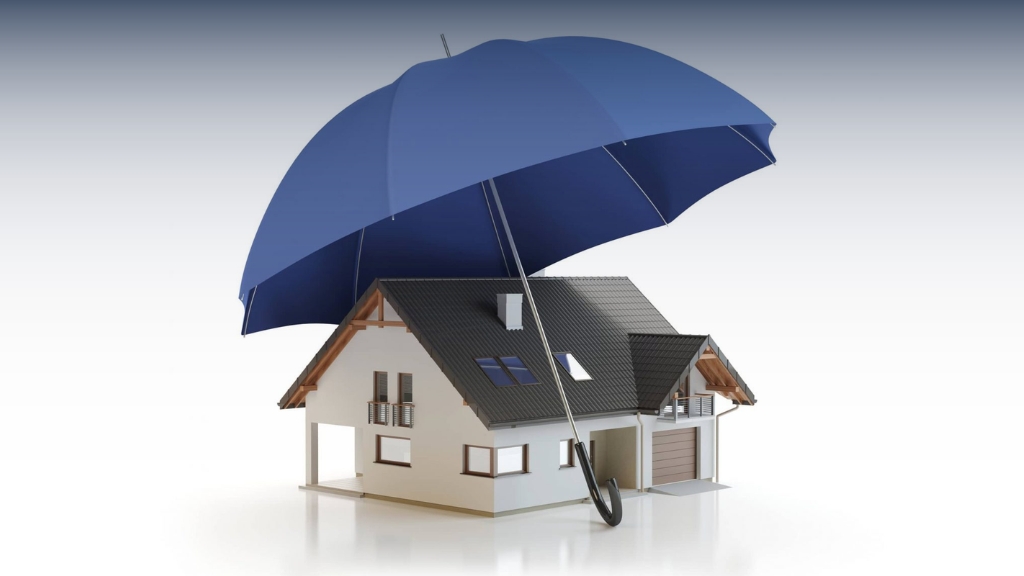Everyone dreams of building a beautiful home that can stand the test of time. But constructing houses from the ground up is a long-winded process and you want to make sure that you take care of every intricate detail so as to avoid potential problems.
Sometimes, we forget to address serious issues like seepage and leaking ceilings that can typically crumble the longevity of your dream house. Therefore, waterproofing your building is crucial.
To avoid the penetration of rainwater, groundwater, etc, into your building, an effective waterproof treatment is required to sustain wear and tear.
Introduction to Waterproofing in Construction
Waterproofing in construction is the process of making a building or structure water-resistant in order to prevent water from penetrating the interior and causing damage. It is done through impermeable materials and techniques applied to the building’s exterior, such as membranes, coatings, or sealants.
Waterproofing is a critical aspect of construction and is essential for protecting a building or structure from water damage, which can cause problems such as mould growth, structural damage, and electrical failures. By waterproofing a building or structure, property owners can be rest assured that their investment is protected from leakage and other water-related issues that can challenge the integrity of the building.
Areas where Waterproofing is Needed:
- The basement of the building
- Kitchen, Toilet, and Bathroom
- Balcony areas
- Roof /Terrace
- Swimming Pool
- Water Tank
Types of Waterproofing in Construction
There are several techniques used in construction for waterproofing, including:
Sheet Membrane Waterproofing
One of the most popular waterproofing options in construction is membrane material. This process involves the installation of a continuous sheet membrane, such as a PVC or TPO sheet, over the structure’s surface to create a waterproof barrier.
Liquid-Applied Membrane Waterproofing
A liquid membrane, such as a silicone or polyurethane coating, is applied to the building’s surface. The liquid dries to form a waterproof barrier that protects the structure from water damage.
Cementitious Waterproofing
This process offers the most effortless application. It involves the application of a cement-based coating to the structure’s surface. The coating dries to form a waterproof barrier that protects the house from water damage.
Integral Waterproofing
In this process, waterproofing materials are used in the building structure during the construction process itself. This can include the use of waterproof concrete or the inclusion of a waterproofing layer in the structure’s foundation or walls.
Sealant Waterproofing
This involves using waterproof sealants to prevent water from penetrating joints and cracks in the structure. This method is commonly used in conjunction with other waterproofing methods to provide a complete waterproofing solution.
The choice of waterproofing technique will depend on several factors, including the type of structure, its location, and the environmental conditions the building will be exposed to. An experienced waterproofing construction company will be able to assess the specific needs of a project and recommend the best waterproofing technique.
Benefits of Waterproofing
Waterproofing has several benefits, including:
- Protection against water damage: Waterproofing helps to protect a building or structure from water damage, which can cause serious problems such as mould growth, structural damage, and electrical failures.
- Increased durability: A waterproof design is more durable and able to withstand wear and tear, meaning it will last longer and require less maintenance.
- Improved indoor air quality: Waterproofing helps prevent moisture from entering a building, improving indoor air quality and reducing the risk of mould and mildew growth.
- Enhanced energy efficiency: By preventing water from entering a building, waterproofing can help to improve energy efficiency. For example, if water is not penetrating the walls of a building, it will be easier to maintain a consistent temperature, which can reduce energy costs.
- Increased property value: A well-maintained, waterproofed structure is more attractive to potential buyers and can increase the value of a property.
- Peace of mind: By waterproofing a building or structure, property owners can know that their investment is protected against leaks, damp, and other water damage.
Takeaway
Finally, it becomes crucial to treat the building properly if you want to upkeep the building’s strength, durability, and functionality. Building damage from problems like seepage and mould development can be expensive and permanent. Additionally, these can also pose risks to the health and life of people living in the building.
Overall, waterproofing is a critical aspect of construction that provides numerous benefits and helps to ensure the longevity and integrity of a building.
Further, it is also crucial to pick the proper waterproof chemical and understand which waterproof material is suitable for each application.
Your home is a lifetime investment, even a slight compromise in quality could lead to unfavourable results. To ensure every step of the construction is taken care of, hiring a reputed home construction company like GharEka would be a wise decision. With a team of qualified architects and engineers, GharEka ensures the use of the best industry practices while building your dream home. From anti-termite treatment to waterproofing, we take care of every small detail involved in the construction process while providing superior work quality.
GharEka- A proficient house construction company with deep expertise in building your dream abode.

